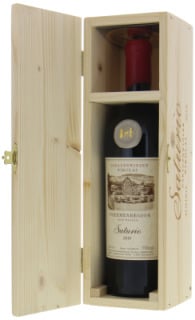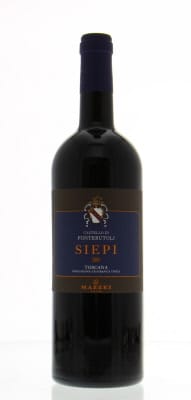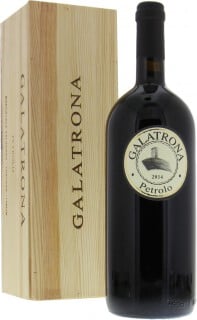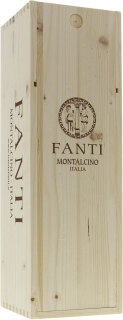Professional reviews
Robert Parker (94)
The 2019 Monteverro is a blend of Cabernet Sauvignon, Cabernet Franc, Merlot and Petit Verdot from a vintage that shows natural concentration and richness straight out of the gate. The bouquet is layered with ripe fruit, blackberry jam, oak spice and leather. This is a very oak-heavy wine with a soft finish and hints of sweetness on the close.
James Suckling (98)
This is so focused and driven, with aromas of blackberries, black olives, chili chocolate, bay leaves and peppercorns. Some iodine, too. Full-bodied, yet agile and fresh, with a firm, tight tannin frame.
Jeb Dunnuck (94)
A deep red color, the 2019 Monteverro is lush and layered with spiced aromas of leather, charred rosemary, game, baked plum, and tobacco. Full-bodied, it’s opulent with velvety tannins and a robust frame, as well as good balance. While it may appeal to Napa drinkers upfront, it has a notable savory and sappy herbal Mediterranean richness that lasts on the palate.
Decanter (100)
Wow, what a knock-out. Leading with blue fruit aromatics, baking spices, and a full-bodied richness framed by sturdy, elongated, fine-grained tannins, with wild herb nuances, brown spices, sandalwood, and real restraint. This 2019 Montevewrro is built for long-term cellaring and is a masterpiece from consultant winemaker Jean Hoefliger. The winery is in Capalbio, in the Tuscan Maremma, about a mile from the sea as the crow flies. The estate harbours 24.28 hectares of vines on eroded stony soils, much like the round river rocks of the Rhône Valley. The in-house winemaker is Matthieu Taunay, and Jean Hoefliger has served as a consultant since 2008, the first vintage. The winery is a state-of-the-art facility, allowing for stainless steel, concrete egg, and barrel fermentation. The blend for Monteverro always leads with Cabernet Sauvignon and Cabernet Franc. The wines are half barrel fermented and half stainless steel fermented with roughly 70-80% new French oak for 24 months, with native yeast leading the way. The blend here includes 5% Petit Verdot.




















